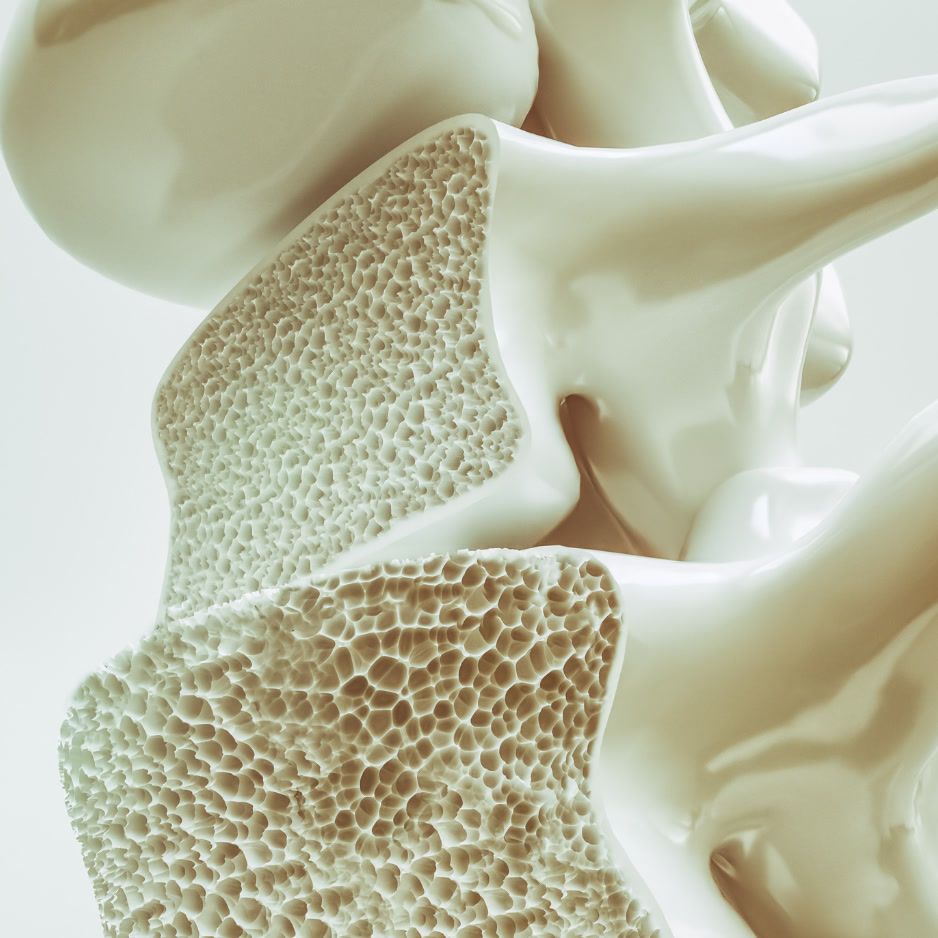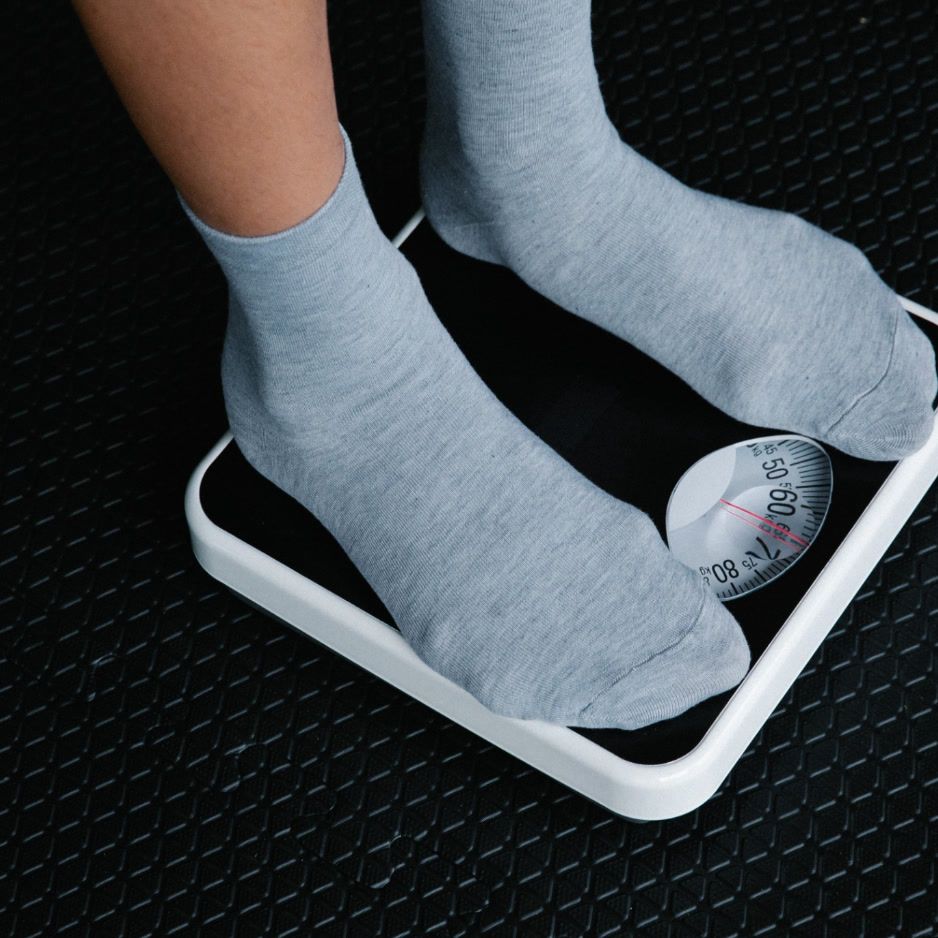Intuitive Eating: Guide to the 10 Principles

Intuitive Eating: Guide to the 10 Principles
Intuitive eating (IE) is a weight-inclusive, non-diet approach that helps you eat based on internal cues—hunger, fullness, satisfaction—instead of external rules or calorie counting. Coined by dietitians Evelyn Tribole and Elyse Resch in 1995, IE blends body awareness with “gentle nutrition” over time (Intuitive Eating®; Harvard T.H. Chan). Quick answers to common questions:
- What is intuitive eating? A flexible framework for eating guided by your body’s signals, not diet rules.
- What are the 10 principles? A 10-part framework for rejecting diet culture and reconnecting with your body's hunger, fullness, and satisfaction cues—plus body respect, emotion coping skills, movement that feels good, and gentle nutrition.
- How do I start today? Pick one small practice (eat at early hunger, add a satisfaction factor, pause halfway through a meal) and repeat.
If you want data without obsessing over the scale, a BodySpec DEXA scan shows your body composition—fat mass, lean mass, bone density, and visceral fat—so you can track health trends over time, not just pounds. Learn why composition beats the scale in Body Composition vs. Weight, or book a scan when you’re ready: Schedule your BodySpec DEXA.
The 10 Principles of Intuitive Eating (with everyday examples)
Use these as companions—not commandments. Start with the one that feels most doable and build from there.
- Reject diet culture
- What it means: Let go of plans and products that promise quick fixes and moralize foods as “good/bad.”
- Everyday example: You skip the office “detox” challenge and bring a satisfying lunch instead.
- Why it helps: Chronic dieting can lead to weight cycling and disconnect you from body cues; ditching rigid rules creates space for sustainable habits (Harvard T.H. Chan).
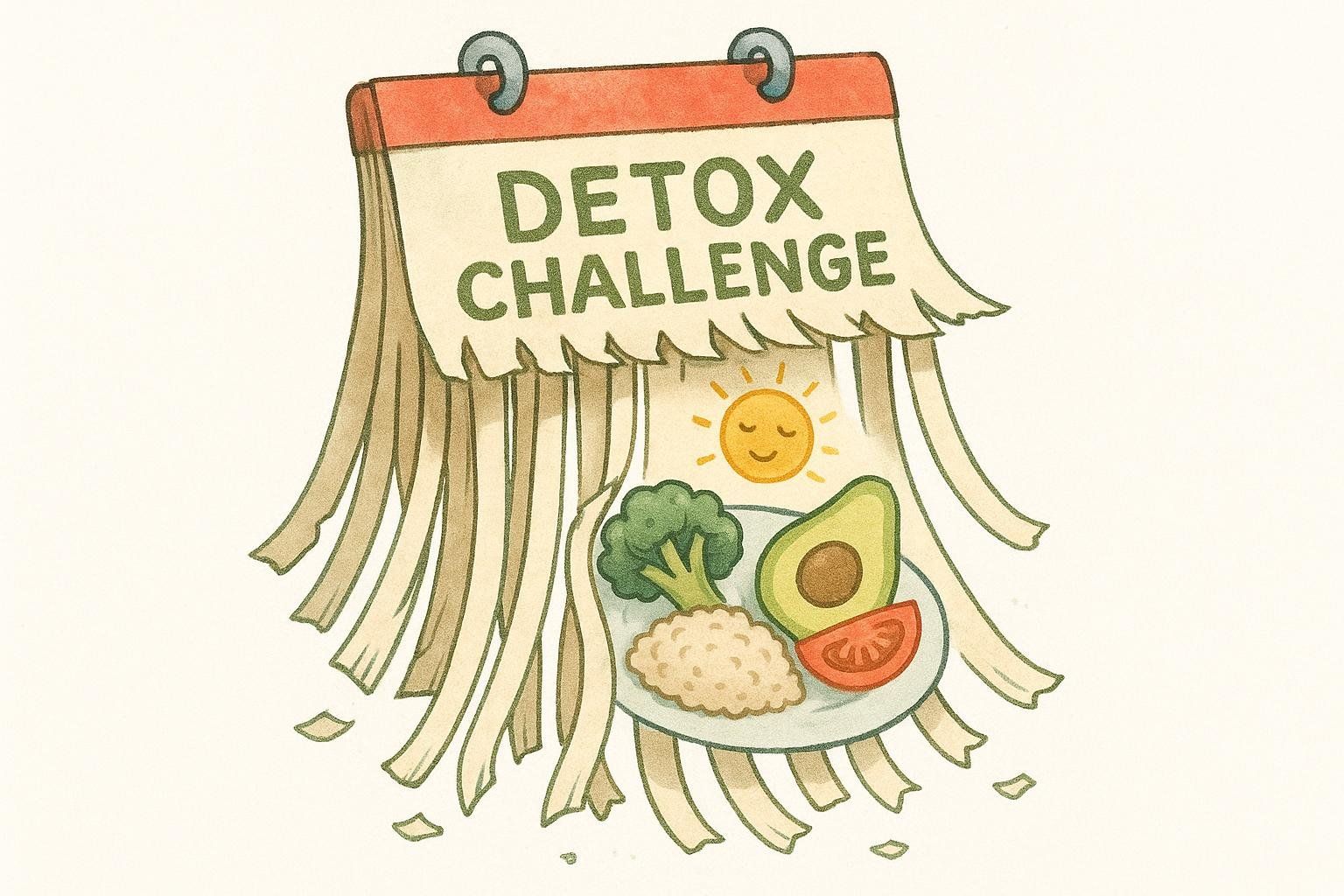
-
Honor your hunger
- What it means: Treat early-to-moderate hunger as a biological signal, not a willpower test.
- Everyday example: You pack yogurt and fruit for a 3 p.m. meeting so you don’t hit dinner ravenous.
- Why it helps: Consistent fueling helps prevent “primal” overeating later and supports steady energy (Intuitive Eating®).
-
Make peace with food
- What it means: Give yourself unconditional permission to eat all foods.
- Everyday example: You enjoy a slice of birthday cake without planning “compensation” later.
- Why it helps: Restriction intensifies cravings and can drive binge–restrict cycles; permission helps reduce the “forbidden food” effect (Cleveland Clinic).

- Discover satisfaction
- What it means: Aim for meals that taste good and feel good in your body.
- Everyday example: A grain bowl sounds fine, but what you really want is a warm burrito—so you choose it, eat mindfully, and feel content.
- Why it helps: Satisfaction is a powerful stop signal—when a meal truly hits the spot, it’s easier to stop at comfortable fullness (Intuitive Eating®).
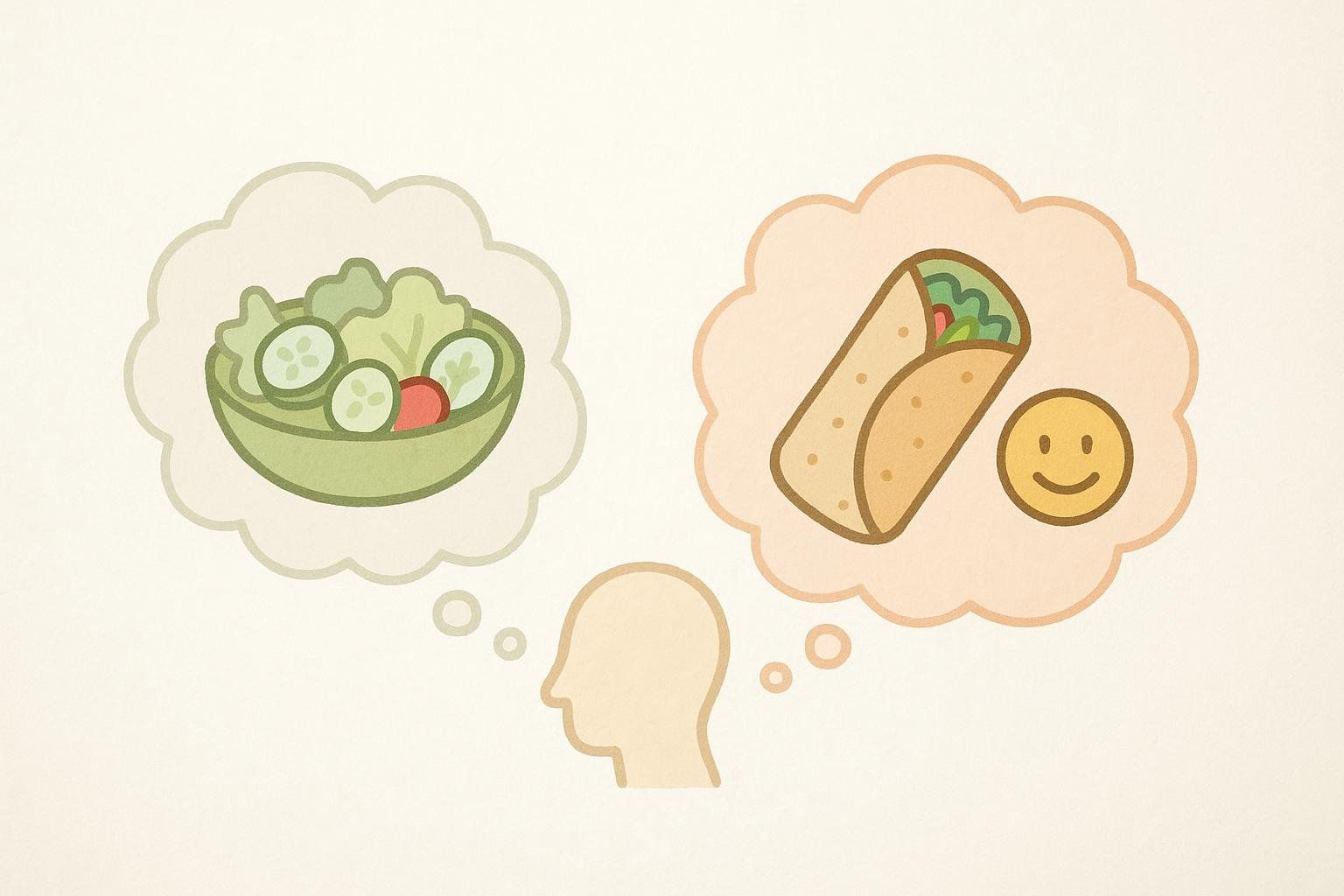
- Feel your fullness
- What it means: Pause during meals to notice when hunger fades and comfort settles in.
- Everyday example: Halfway through dinner, you check in and decide to save the rest for lunch.
- Why it helps: Interoceptive awareness (noticing internal signals) guides portions without external rules (Harvard T.H. Chan).

-
Challenge the food police
- What it means: Question thoughts that label foods or your choices as “good,” “bad,” “clean,” or “cheating.”
- Everyday example: When the voice says “You shouldn’t eat pasta,” you counter: “All foods can fit, and I’ll choose what satisfies me.”
- Why it helps: Less judgment can mean less guilt—and fewer rebound overeats (Cleveland Clinic).
-
Cope with emotions with kindness
- What it means: Meet stress, boredom, or sadness with a fuller toolkit—not just food.
- Everyday example: After a tough day, you take a 10-minute walk or text a friend before deciding what to eat.
- Why it helps: Food may comfort short-term, but broader coping strategies tend to work better for long-term relief (U.S. Department of Veterans Affairs).
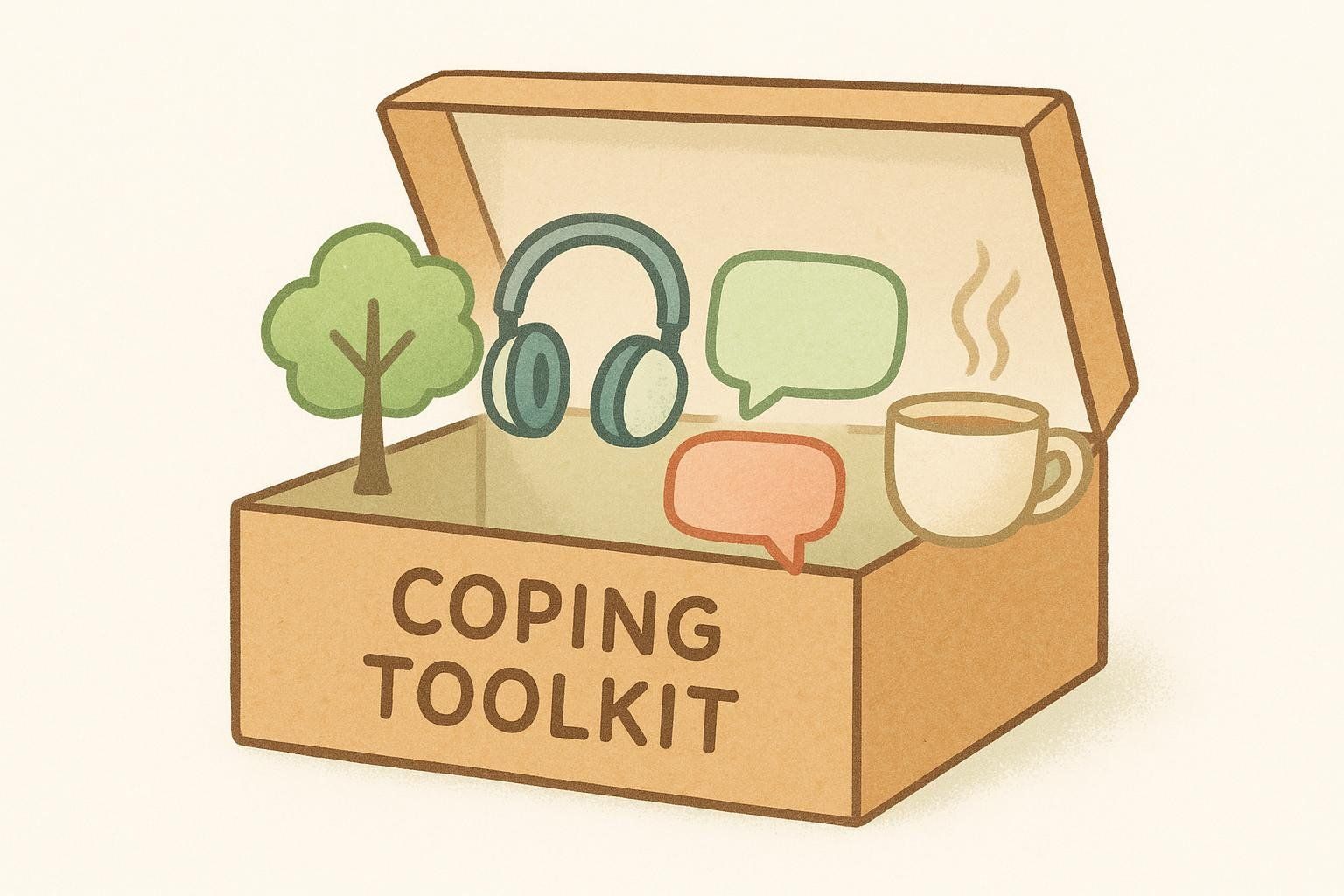
-
Respect your body
- What it means: Accept genetic diversity in body shapes and sizes; pursue health behaviors at any size.
- Everyday example: You donate clothes that don’t fit and buy comfortable options for right now.
- Why it helps: Body respect reduces shame-driven behaviors and supports consistent self-care (Harvard T.H. Chan).
-
Move in ways that feel good
- What it means: Choose activity for energy, mood, and strength—not just calorie burn.
- Everyday example: You swap a dreaded treadmill session for a brisk walk with music or a short strength routine you enjoy.
- Why it helps: Joyful movement is more sustainable and supports overall well-being (U.S. Department of Veterans Affairs).

- Honor your health with gentle nutrition
- What it means: Over time, lean toward patterns that nourish you—think produce, protein, fiber, and cultural foods you love—without perfectionism.
- Everyday example: You add veggies and beans to a favorite pasta dish for fiber and satisfaction.
- Why it helps: Health is built on long-term patterns; one meal never makes or breaks it (Intuitive Eating®).

What the research says (benefits and limitations)
Research links IE with several benefits (Harvard T.H. Chan; Cleveland Clinic):
- Improved psychological well-being and quality of life
- Reduced disordered and restrained eating
- Greater body satisfaction
- In some programs, improvements in blood pressure and cholesterol
Randomized trials show mixed effects on body weight—some find no change, others modest reductions—consistent with IE’s weight-inclusive focus.
Alongside these benefits, research also notes a few considerations (Harvard T.H. Chan):
- Unconditional permission to eat, without basic nutrition skills, can lower diet quality for some; pairing IE with gentle nutrition often helps.
- IE may not fully address strong cue-driven cravings for ultra-processed foods; additional strategies can help.
Your First 7 Days of Intuitive Eating: A Gentle Starter Plan
Pick one small practice daily. Repeat favorites.
- Day 1: Notice hunger early. Eat when you hit “hungry” (not “starving”).
- Day 2: Add satisfaction. Ask: “What would make this meal more satisfying?” Then add one element (temperature, texture, seasoning).
- Day 3: Halfway pause. Mid-meal, check: How hungry am I now? Do I want to keep going, slow down, or save some?
- Day 4: Kind coping menu. Write 3 non-food options for stress (text a friend, fresh air walk, 2-minute breathing).
- Day 5: Joyful movement. Choose a 10–20 minute activity that actually sounds good today.
- Day 6: Gentle nutrition. Add one nutrition booster to a meal (fruit/veg, beans/lentils, nuts/seeds, whole grains, or protein).
- Day 7: Body respect. Choose clothing or a routine that feels good on the body you have today.
Journaling prompts (5 minutes max):
- What hunger level did I start at?
- What hunger/fullness level did I stop at?
- What satisfied me today?
- What helped me cope, besides food?
- What small tweak will I try tomorrow?
Real-life scenarios (quick wins by situation)
- Campus life, busy schedule: Keep high-protein grab-and-go options like Greek yogurt, trail mix, fruit, and whole-grain wraps. Commit to one phone-free meal or snack daily so fullness can register.
- Commuter chaos: Build a car/desk snack kit (protein bars, nuts, shelf-stable milk, fruit cups) to honor hunger on time.
- After-work stress: Try a 10-minute walk or stretch before dinner; then choose the meal that sounds satisfying and balanced.
Guidance for clinicians and coaches
- Use a one-page summary of the 10 principles as a client handout (Intuitive Eating®).
- Measurement philosophy: Emphasize behavior change, quality of life, and cardiometabolic markers (lipids, BP) rather than weight alone (Harvard T.H. Chan).
- Certification: Explore training and resources via the official Intuitive Eating website.
Myths and FAQs
Is Intuitive Eating anti-nutrition?
- No. “Gentle nutrition” is one of the principles—healthful patterns matter, and IE integrates them without rigid rules (Intuitive Eating®).
Won’t I just crave junk food?
- As restriction fades and satisfaction is prioritized, cravings normalize and choices naturally balance across the week (Cleveland Clinic).
Can I practice IE while on GLP-1s or with medical nutrition needs?
- Yes, with guidance. You can use IE skills (hunger awareness, satisfaction, gentle nutrition) alongside a medical plan—coordinate with your clinician or RD, especially if you want to understand how GLP-1s can affect lean mass.
Is IE for weight loss?
- IE is weight-inclusive. Weight may go up, down, or stay stable; goals center on behaviors and well-being, not the scale (Harvard T.H. Chan).
What if I struggle with bingeing or intense guilt around food?
- IE can help—especially with professional support. Seek a registered dietitian or therapist experienced in disordered eating for tailored care.
How Intuitive Eating Compares to Mindful Eating and Tracking
- Our companion guide to mindful eating shows how present-moment awareness can strengthen hunger/fullness cues.
- If you’re curious about short-term tracking, here’s when a food log can help—and when it’s better to skip it and lean on IE skills.
Gentle next steps
Intuitive Eating is about trust, not rules. Choose one principle to practice this week, add gentle nutrition with simple, satisfying tweaks, and keep tabs on how you feel—energy, mood, sleep, and how movement lands—without judgment. If you appreciate objective feedback, a DEXA scan can track body composition changes beyond the scale; explore DEXA scan benefits and, when you’re ready, book your BodySpec DEXA to focus on health, not just weight.
